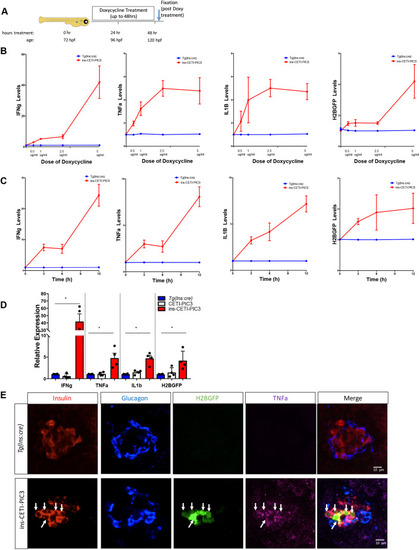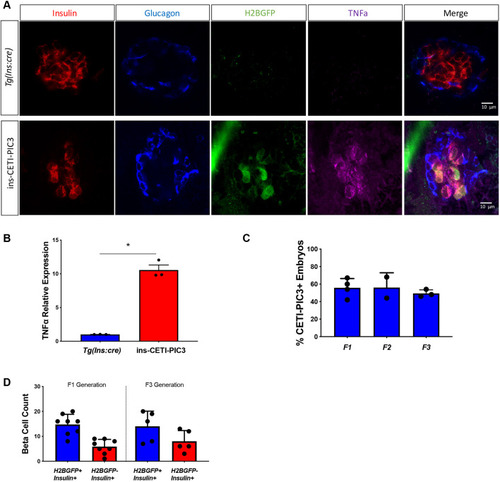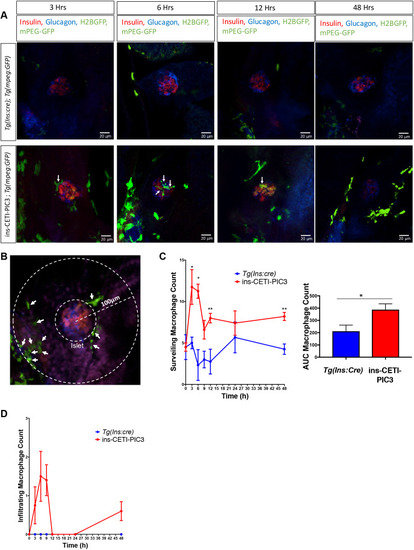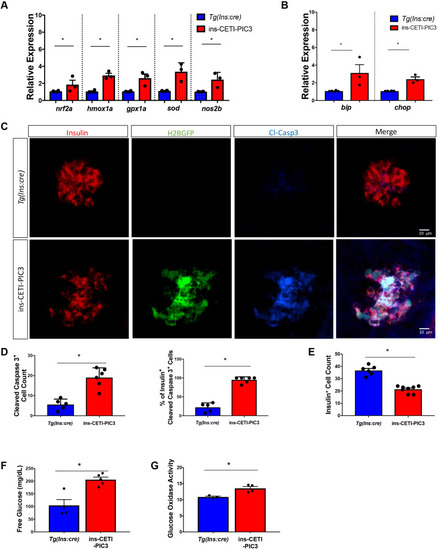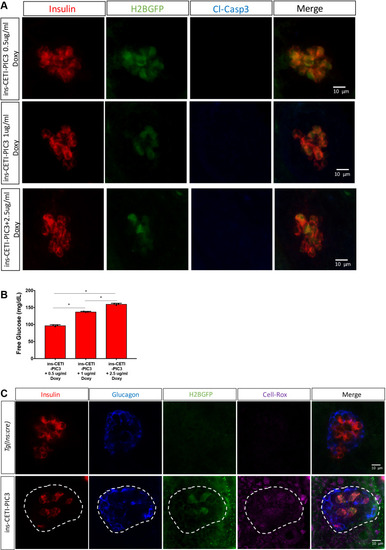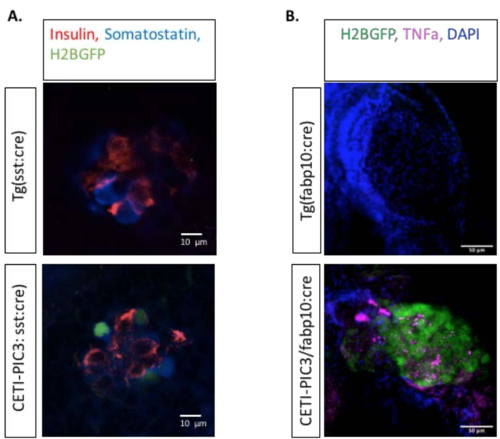- Title
-
A Novel Cre-Enabled Tetracycline Inducible transgenic system for tissue specific cytokine expression in the zebrafish: CETI-PIC3
- Authors
- Ibrahim, S., Harris-Kawano, A., Haider, I., Mirmira, R.G., Sims, E.K., Anderson, R.M.
- Source
- Full text @ Dis. Model. Mech.
|
|
|
|
|
|
|
|
|
|
|
(A) The CETI-PIC3 line was crossed to a somatostatin-cre (Tg(sst:cre)) line to induce cytokines in a delta cell-specific manner. (B) The CETI-PIC3 line was crossed to a liver-cre line (fabp10:cre) to induce cytokines in a hepatocyte-specific manner. |

